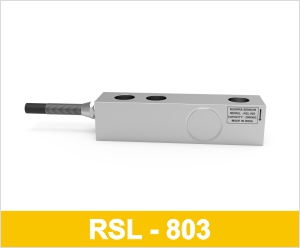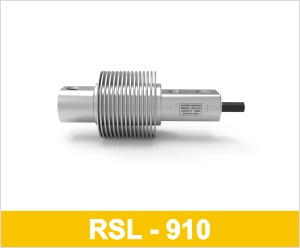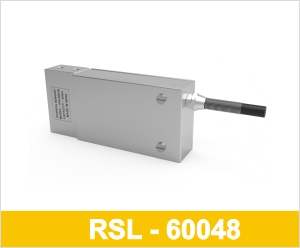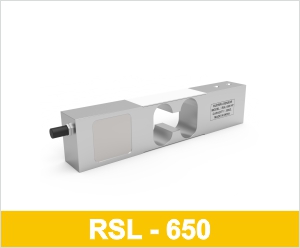Selecting the appropriate single point platform load cell for your application is crucial to ensuring accurate measurements, reliable performance, and longevity of your weighing systems. With a multitude of options available in the market, making the right choice can be daunting. This guide will walk you through the key considerations and steps to help you choose the right single point platform load cell for your specific needs.
1. Understand Your Application Requirements
The first step in choosing the right load cell is to understand your application requirements clearly. Consider the following factors:
– Load Capacity: Determine the maximum load your application will measure. Ensure that the load cell’s rated capacity exceeds this maximum load to prevent overloading and potential damage.
– Accuracy: Identify the required accuracy for your measurements. High-precision applications may necessitate a load cell with a lower tolerance for error.
– Environmental Conditions: Consider the environmental conditions where the load cell will be used, such as temperature extremes, humidity, dust, and exposure to chemicals. Choose a load cell with appropriate environmental protection.
2. Load Cell Capacity
Selecting the correct load cell capacity is critical for accurate and reliable measurements. Here are some tips:
– Safety Margin: Choose a load cell with a capacity that provides a safety margin above the maximum expected load. A common practice is to select a load cell with a capacity 1.5 to 2 times the maximum load.
– Range of Use: If your application involves varying loads, ensure the load cell can accurately measure throughout the entire range. Some load cells may lose accuracy at the lower end of their capacity range.
3. Accuracy and Precision
Different applications require different levels of accuracy and precision. Consider the following:
– Tolerance and Error: Check the load cell’s specifications for its tolerance and error range. High-precision applications, such as pharmaceutical or laboratory weighing, require low tolerance for error.
– Linearity, Hysteresis, and Repeatability: Ensure the load cell provides consistent readings under repeated loading and unloading cycles. Check specifications for linearity (accuracy across the full range), hysteresis (difference between loading and unloading), and repeatability (consistency of readings).
4. Environmental Considerations
The environment in which the load cell will operate significantly impacts its performance and durability:
– Temperature Range: Ensure the load cell can operate within the expected temperature range of your application. Temperature fluctuations can affect the accuracy and reliability of the load cell.
– Protection Rating: Look for load cells with appropriate IP (Ingress Protection) ratings if your application involves exposure to dust, moisture, or chemicals. For example, an IP67 rating indicates protection against dust and temporary immersion in water.
– Material: Choose a load cell made from materials that can withstand environmental conditions. Stainless steel load cells offer excellent corrosion resistance and durability in harsh environments.
5. Load Cell Construction and Mounting
The construction and mounting of the load cell are essential for its performance and ease of integration:
– Mounting Options: Ensure the load cell offers compatible mounting options for your system. Proper mounting is crucial for accurate measurements and stability.
– Size and Shape: Consider the physical dimensions and shape of the load cell to ensure it fits within your system’s constraints. Single point platform load cells are designed for easy integration into weighing platforms, but verifying compatibility is important.
6. Electrical Considerations
Electrical specifications and compatibility are vital for seamless integration into your system:
– Output Signal: Verify the type of output signal provided by the load cell (e.g., analog or digital) and ensure compatibility with your weighing system or controller.
– Excitation Voltage: Check the required excitation voltage for the load cell and ensure your system can provide the necessary power.
– Cable Length and Connectivity: Consider the length of the cable and the type of connectors required for your system. Longer cable runs may require special considerations to prevent signal degradation.
7. Manufacturer Reputation and Support
Choosing a reputable manufacturer and ensuring adequate support can make a significant difference:
– Quality and Reliability: Opt for load cells from reputable manufacturers known for their quality and reliability. Look for certifications and compliance with industry standards.
– Technical Support and Warranty: Ensure the manufacturer provides robust technical support and a warranty. This can be crucial for troubleshooting and resolving issues quickly.
Conclusion
Choosing the right single point platform load cell for your application involves careful consideration of load capacity, accuracy, environmental conditions, construction, and electrical compatibility. By thoroughly understanding your application requirements and considering these factors, you can select a load cell that ensures accurate, reliable, and long-lasting performance. Partnering with a reputable manufacturer that offers strong technical support can further enhance your experience and help you achieve the best results in your weighing applications.










